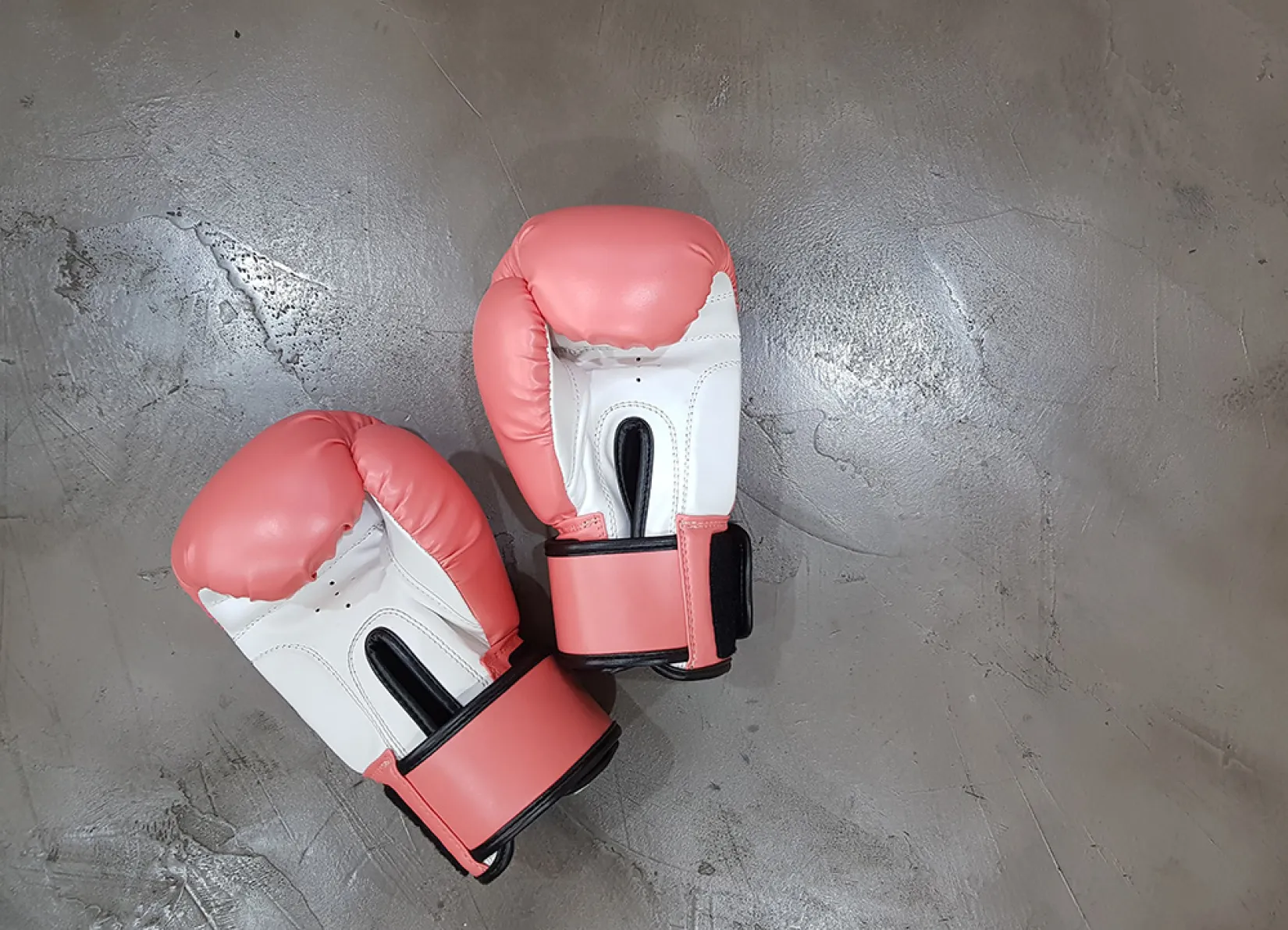More Partners, Less Sparring: How (not) to Work with Clients and Agencies

Recently, one of our partners (thanks, Rok @ Effekt!) wanted to know why we don't position Sergeant as a lead agency. His question unleashed an avalanche of other questions in my mind. Are the days of lead agencies over? Why do we like co-creation so much? And what would be the ideal form of collaboration? This is me trying to answer some of them.
Recently, one of our partners (thanks, Rok @ Effekt!) wanted to know why we don't position Sergeant as a lead agency. His question unleashed an avalanche of other questions in my mind. Are the days of lead agencies over? Why do we like co-creation so much? And what would be the ideal form of collaboration? This is me trying to answer some of them.
Remember Mad Men? The TV series about a New York advertising agency in the '60s showed dapper men in suits - cigarette in one hand and whiskey tumbler in the other. They’d stride into rooms oozing arrogance, present some brilliant campaign to their fascinated clients and then strut away amid their general adulation. Spoiler alert: The Mad Men days are over. And thank god for that!
Today, creativity is no longer an exclusive domain of a single creative director, but teamwork. Companies and agencies both contribute specific know-how, complementing each other. And more often than not, several agencies work on the same product for one client. We believe this kind of flexibility has many advantages, but it also poses risks. The biggest one? With so many cooks in the kitchen, the brand might get lost in the broth. But let's start from the beginning.
The many forms of cooperation
In preparation for this blog post, we tried to neatly break down all the types of collaboration we practice. But the result was a whiteboard full of incomprehensible scribbles and a slight headache. Depending on the size of the company and the project, we cooperate in so many different ways that it doesn't make sense to list them here. We can, however, go through the basics together:
1. Lead Agency
The lead agency is a company’s main agency. It’s the one that will be contacted first for any new job. If it happens to have its hands full at that time, an alternative will be found. But even then, the lead agency will often take a look at the other agency’s work before it is finalized. The lead agency knows the brand best, and is often the one that created the branding in the first place. It’s not just involved in a single project, but often works with the company for years.
It’s cool, because: With a lead agency, responsibilities are clearly defined. There is only one agency (and perhaps only one core team within the agency), which means that as a company, you don't have to familiarize yourself with several people and different workflows. It's a convenient model.
But: Having one lead agency made total sense in Mad Men days because communication was limited to few channels. A company back then would communicate through ads, billboards, radio and TV spots. And all of these could be handled by one and the same agency. Today, a lead agency could, in the worst case, limit a company creatively. What if a company were interested in a TikTok presence, but its own agency wouldn’t know the first thing about it? In these digital times, it makes more sense to get specialists on board for specific projects, to collaborate with several agencies, and to look for hybrid forms of cooperation.
2. Inhouse-Agency
Welcome to the other end of the spectrum. Some companies are now opting to build on their internal expertise and establish "in-house agencies", outsourcing fewer and fewer jobs to external agencies (or none at all). They’re often quite successful, too.
It’s cool, because: Those who set up the agency in-house can, of course, control every aspect of it, from the workflow to the coffee breaks. And you don’t have to pay the. hourly rates of an agency.
But: An in-house agency generates costs throughout the year. And if the last two years have taught us Sergeants anything, it’s this: in times of crisis, the marketing budget is the first one to go. Besides, in this competitive market, it's not that easy to build a great team. An in-house agency may offer its employees regulated working hours and more interesting salaries than the average agency. But the average agencies' client portfolios attract creatives who value variety more than a high salary. And even a brand-new in-house agency eventually becomes ingrained in the company structure, making it more difficult to get a fresh creative perspective on the brand’s potential.
3. Co-Creation
Between in-house agencies and lead agencies are a thousand and one different models of cooperation. But when we talk about co-creation (our favorite form), we mean involvement on the client side. Professionals in companies brief the agencies with in-depth knowledge about what there is to do, and they contribute their know-how to projects. How much the companies take on vs. how much the agencies take on can vary greatly. Which brings us to the advantages and disadvantages.
It’s cool, because: In co-creation, the agency can be a sparring partner for ideas, bring in an external perspective, or even play strategic buffer (e.g., legitimize a creative decision in front of the board). Co-creation is great and makes a lot of sense, as long as it is constructive.
But: The term sparring partner comes from martial arts, where you get into the ring with a practice partner as part of your training. But when you’re fighting for sport all the time, you might still end up drawing blood. With co-creation, it is important to define the framework and responsibilities early on. If several agencies are working on the same project, they should know about each other and pool their strengths and resources. Worst case scenario (that unfortunately happens too often): Each agency has to constantly be fed all the project updates, but progress is heavily scrutinized by all participants and the work of everyone is continuously questioned. Instead, companies should try to be straightforward - it’s the best way for us agencies to work efficiently.
So what’s the secret sauce?
Maybe it's the success of shows like Mad Men, but the agency business has a bad reputation for being a dog-eat-dog world. We Sergeants don't believe that. In fact, we've always worked best and most effectively when we’ve formed partnerships. When we sit at the same table with companies and agencies and clarify our expectations transparently. We believe in bringing the most capable people on board for each project and in learning from each other.
If there’s no trust in each other's work, even the best-planned project will not move forward, but remain stuck in perpetual rounds of corrections. We work towards the best possible end result, which means we cannot see our teammates as competition. Instead, we have to trust that everyone will use their skills to the best of their ability. The customer knows his or her own company best. And we agencies are experts in our respective fields. Everyone must be able to trust these basic assumptions.
In short: agencies, be nice to each other. And companies: Be clear and transparent in your assignments. We work in the business of communication. Good communication should kind of be our priority, right?


